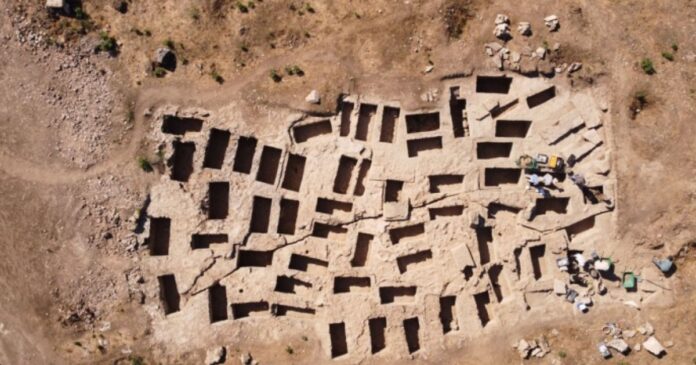In a recently launched excavation campaign at Kolossai in Türkiye’s Honaz district, archaeologists have uncovered a striking ensemble of 60 rock-cut, ship-shaped tombs, revealing new details about burial customs and spiritual beliefs from over two millennia ago. The discovery promises to deepen our understanding of western Anatolia’s funerary culture.
Ancient Kolossai: A Historic Crossroads
Nestled at the foot of Honaz Mountain beside the Aksu River, the ancient city of Kolossai is among Anatolia’s oldest continuous settlements. Its history stretches back to the Copper Age (c. 5000–3000 BC). Over time, Kolossai developed into a commercial hub by the 6th century BCE, famed for its wool and textile production.
The city later passed through Persian, Roman, and Byzantine phases. In the 1st century CE, a major earthquake seriously damaged the settlement. Rebuilt under the name Chonae (Honaz), the city was eventually abandoned in the 8th century AD. This long chronology makes Kolossai a valuable site for tracing cultural, economic, and religious transformations in western Anatolia.
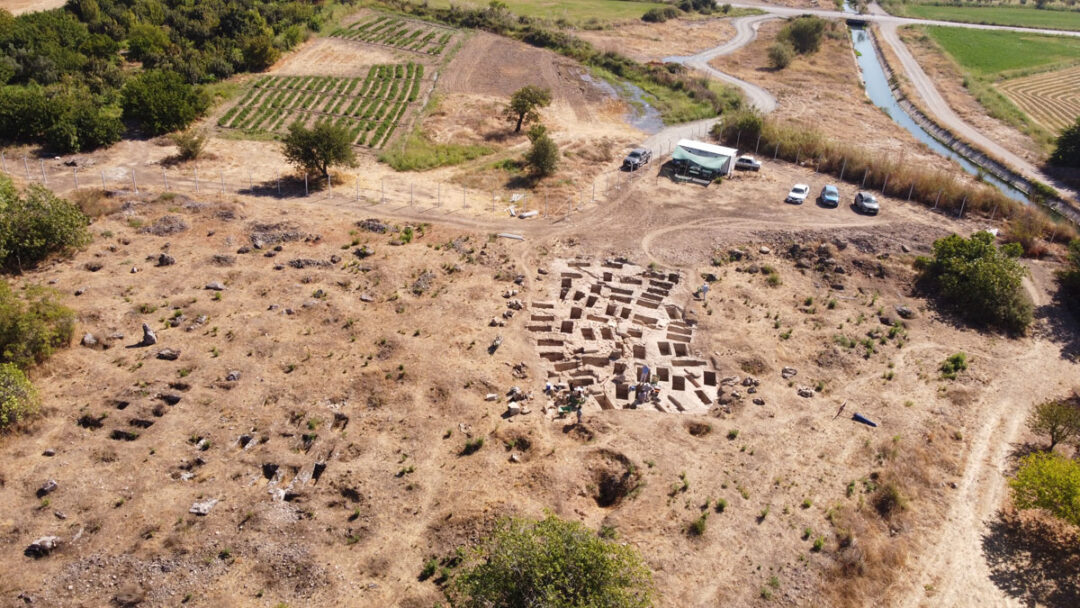
The Discovery: Ship-Shaped Rock Tombs
Before 2024, only surface surveys had been carried out. That year marked the beginning of formal excavations, led by Dr. Barış Yener of Pamukkale University’s Archaeology Department.
Along a travertine rock zone, the team uncovered a “northern necropolis” containing 60 side by side ship-shaped tombs (kara oyma tekne mezarları) cut just beneath the surface. The tombs measure approximately 180 cm long, 100 cm wide, and 150 cm deep.
Of the 65 tombs identified, 60 have been fully excavated to date. Significant skeletal remains and accompanying grave goods have been preserved.
Dr. Yener notes that the inhabitants opted to carve graves into travertine rather than allocate fertile land to cemeteries—a pragmatic solution reflecting both respect for agriculture and interaction with terrain.
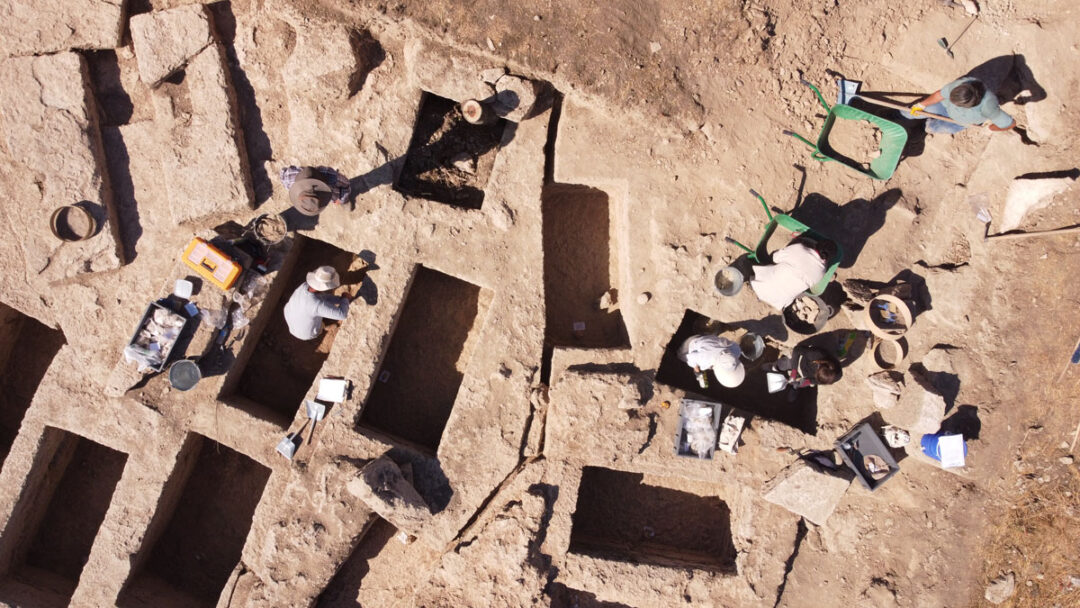
Grave Goods, Amulets & Ritual Objects
The tombs did not only shelter skeletons: they contained an array of ritual and symbolic items, suggesting active concern for protection in the afterlife. Some finds include:
- Amulets and talismans
- Inscribed or shaped objects associated with “magic”
- Healing stones
- Pottery and glass vessels
- Kandils (oil lamps) for illumination
- Coins and sandal fragments.
These artifacts imply that believers anticipated potential spiritual dangers or transitions in the afterlife. The presence of such objects points to a fusion of ritual, religious belief, and individual identity in funerary practice.
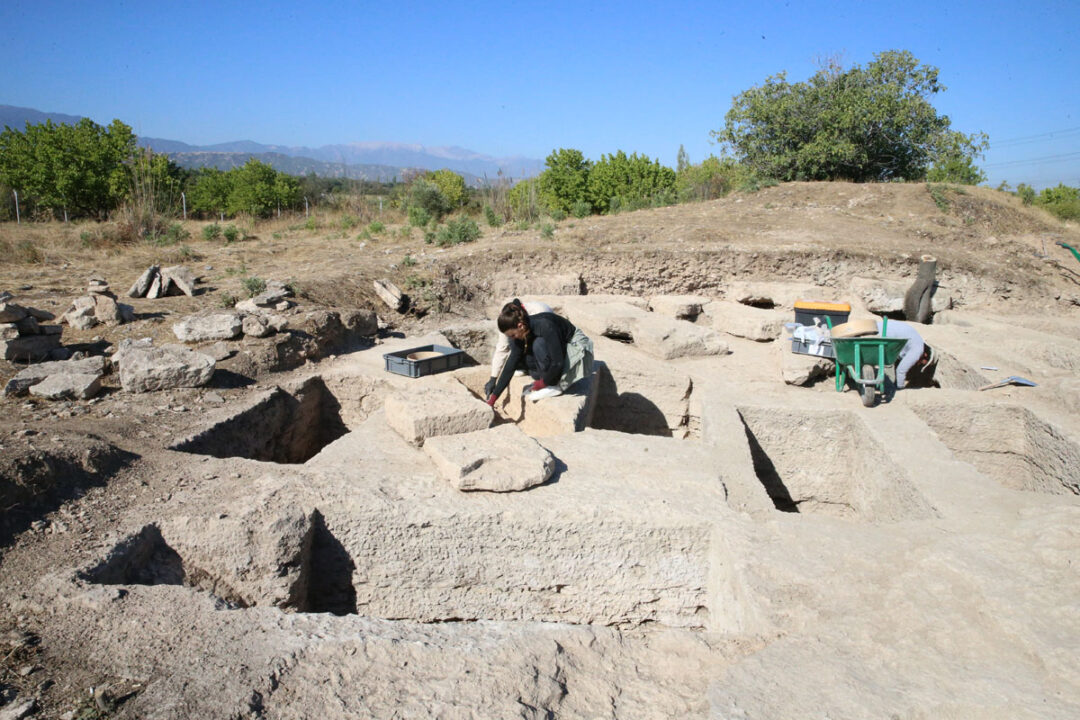
Conservation & Future Research
Türkiye’s Ministry of Culture and Tourism oversees the excavation as part of the “Heritage for the Future” Project.
The site covers about 20 decares (≈ 5 acres). Protective measures include fencing, 24/7 surveillance, and steps toward digital documentation, including 3D modeling and architectural recording.
Looking ahead, the research team plans to expand typological and ritual analyses of the tombs, and perform:
- Osteological studies (age, sex, health)
- DNA analyses
- Mineral and isotopic testing
- Comparative studies with other Anatolian cemeteries
According to Dr. Yener, the clustering and density of the rock tombs make Kolossai one of the most extraordinary funerary sites in Anatolia—offering fresh data on burial traditions, belief systems, and social structure.
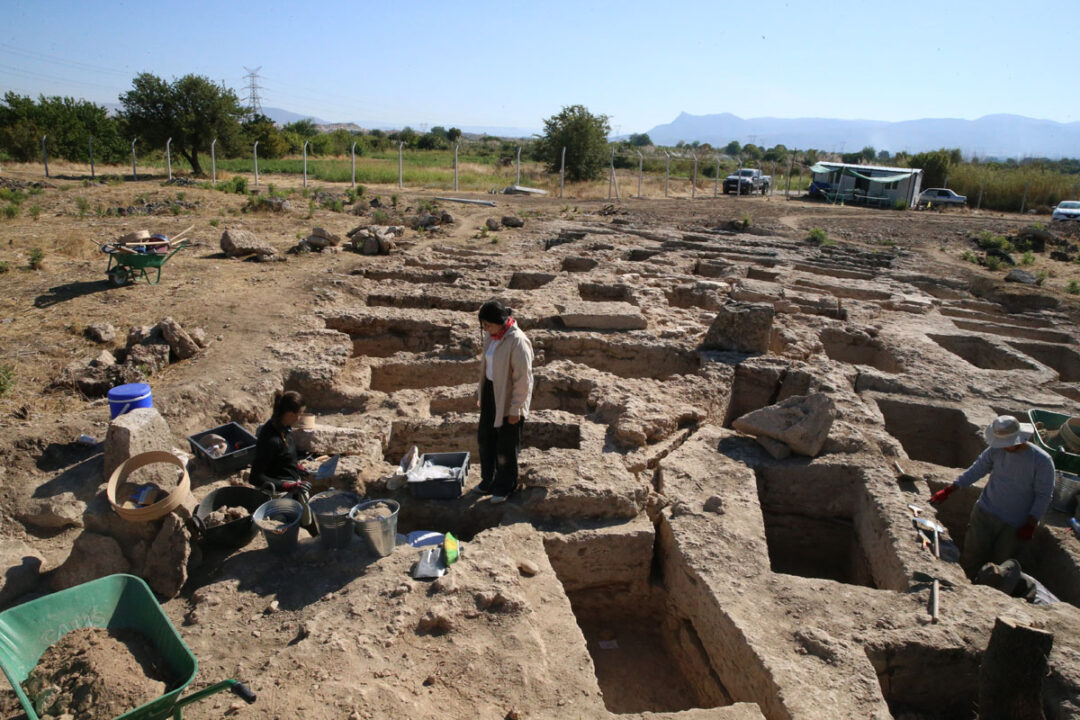
Significance & Broader Implications
The Kolossai ship-shaped graves are rare in scale and arrangement. Their discovery provides a new benchmark for Hellenistic and Roman period burial practices in Asia Minor. By analyzing the tombs alongside their grave goods and biological remains, researchers hope to reconstruct belief systems, social hierarchies, and networks of cultural influence in the region.
More broadly, this excavation bridges archaeology and religious history, showing how ancient communities negotiated life, death, and memory. It also underscores the value of preserving sites where tangible heritage still lies just beneath the surface.

